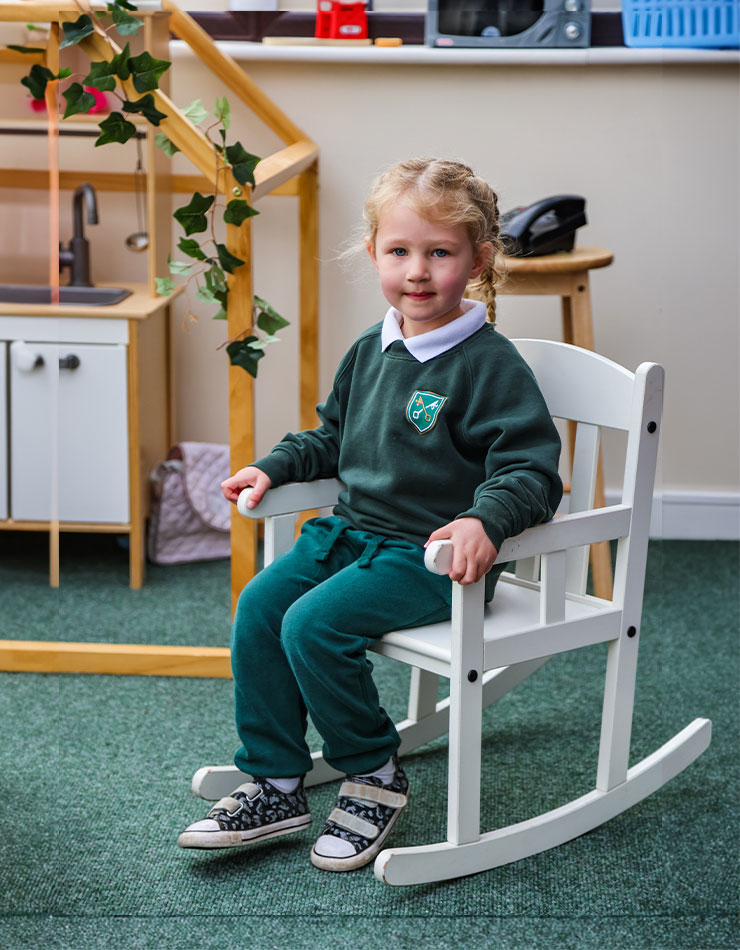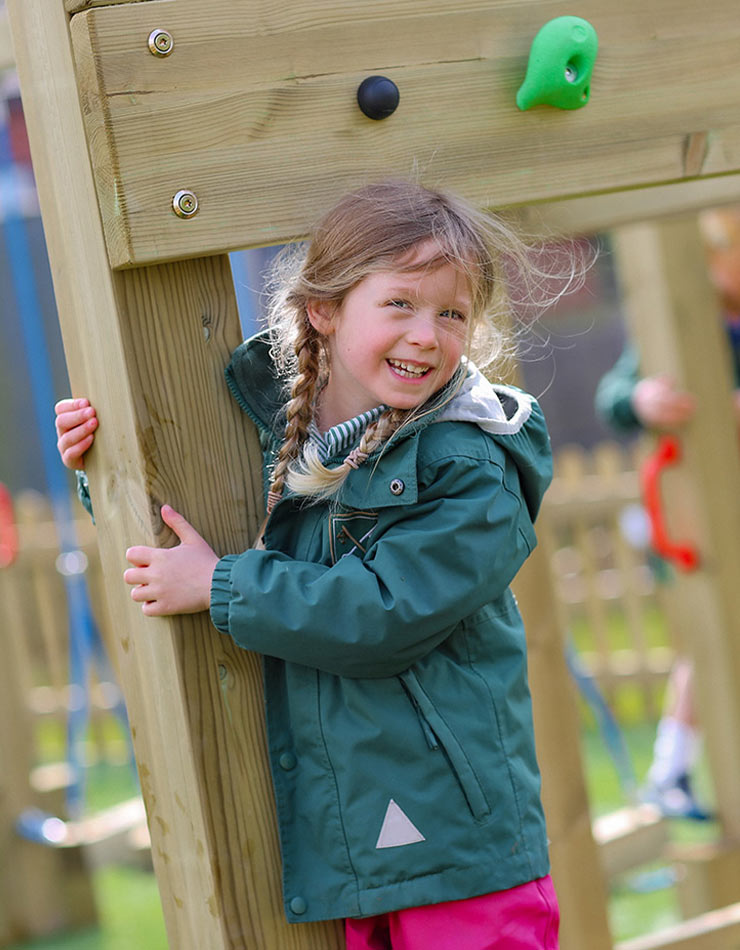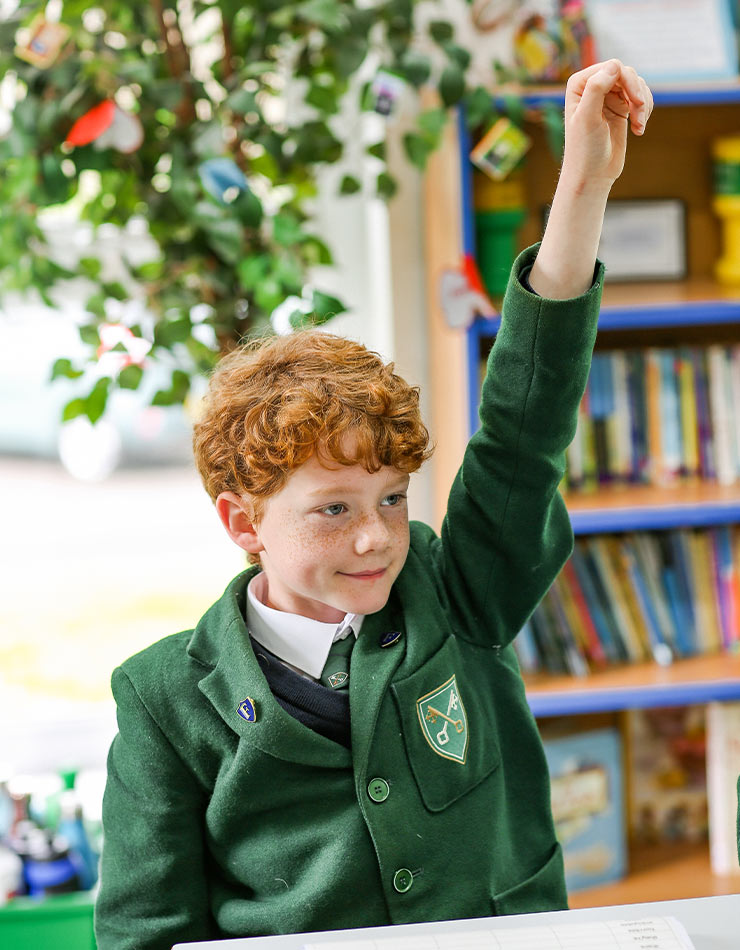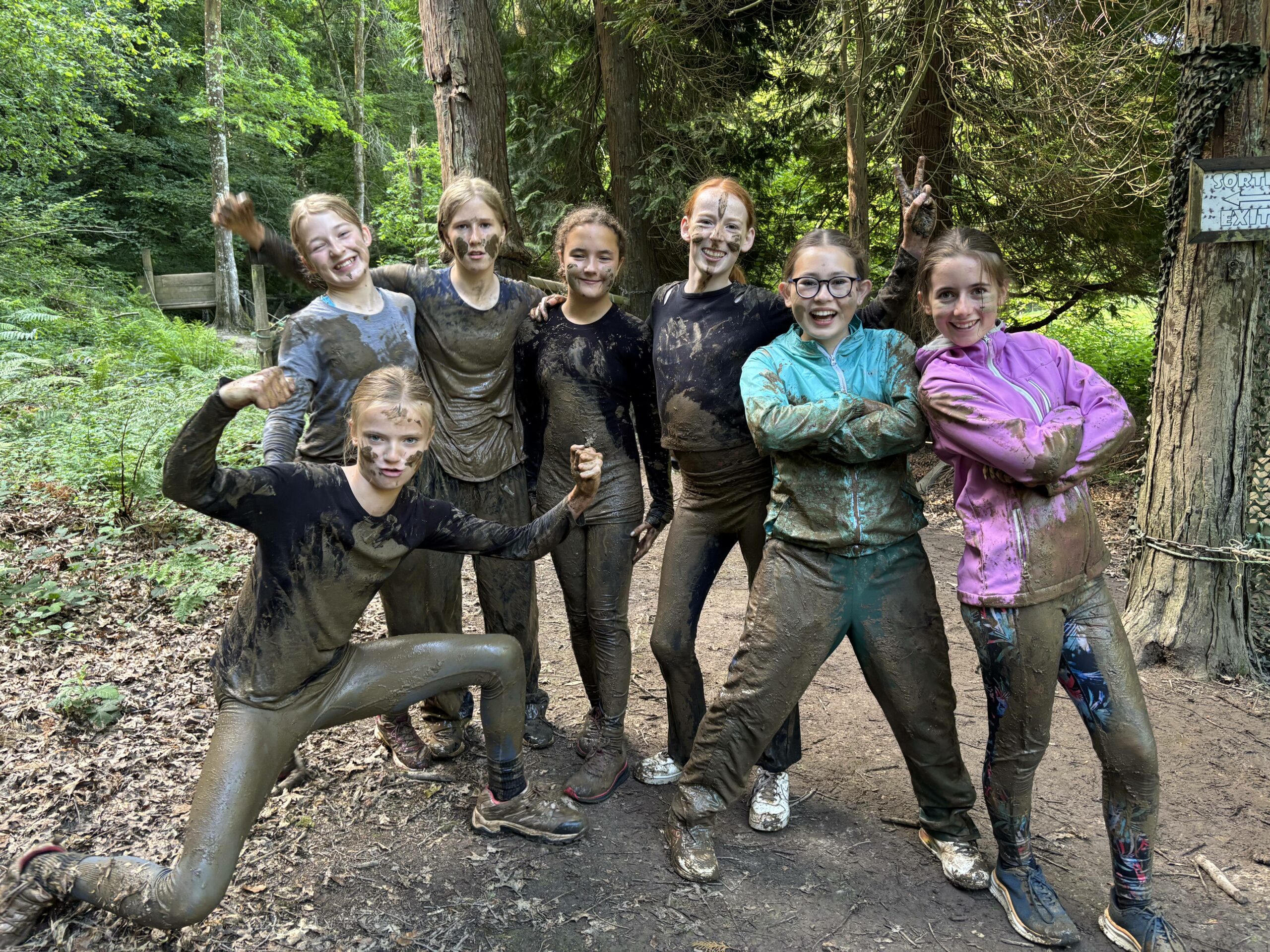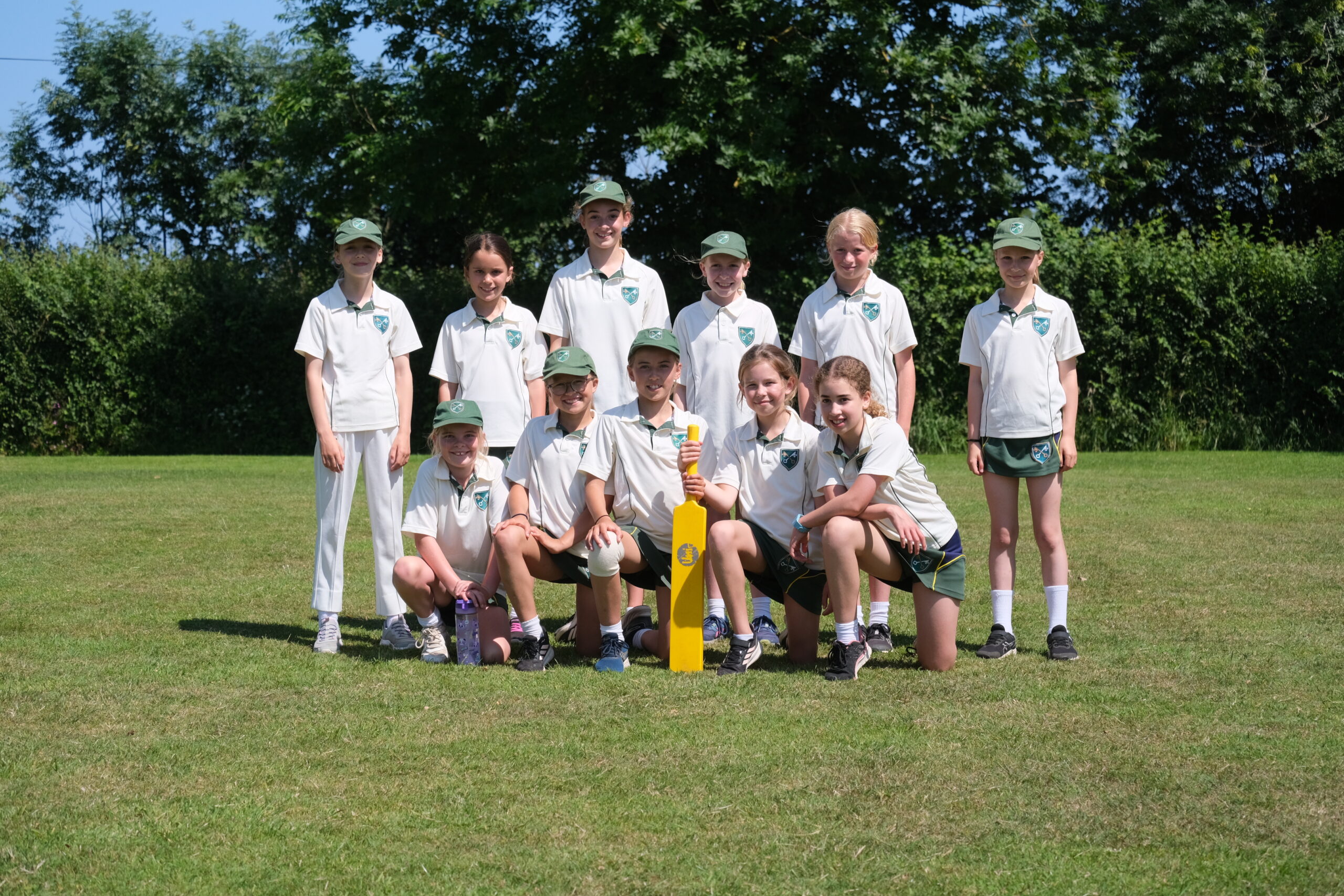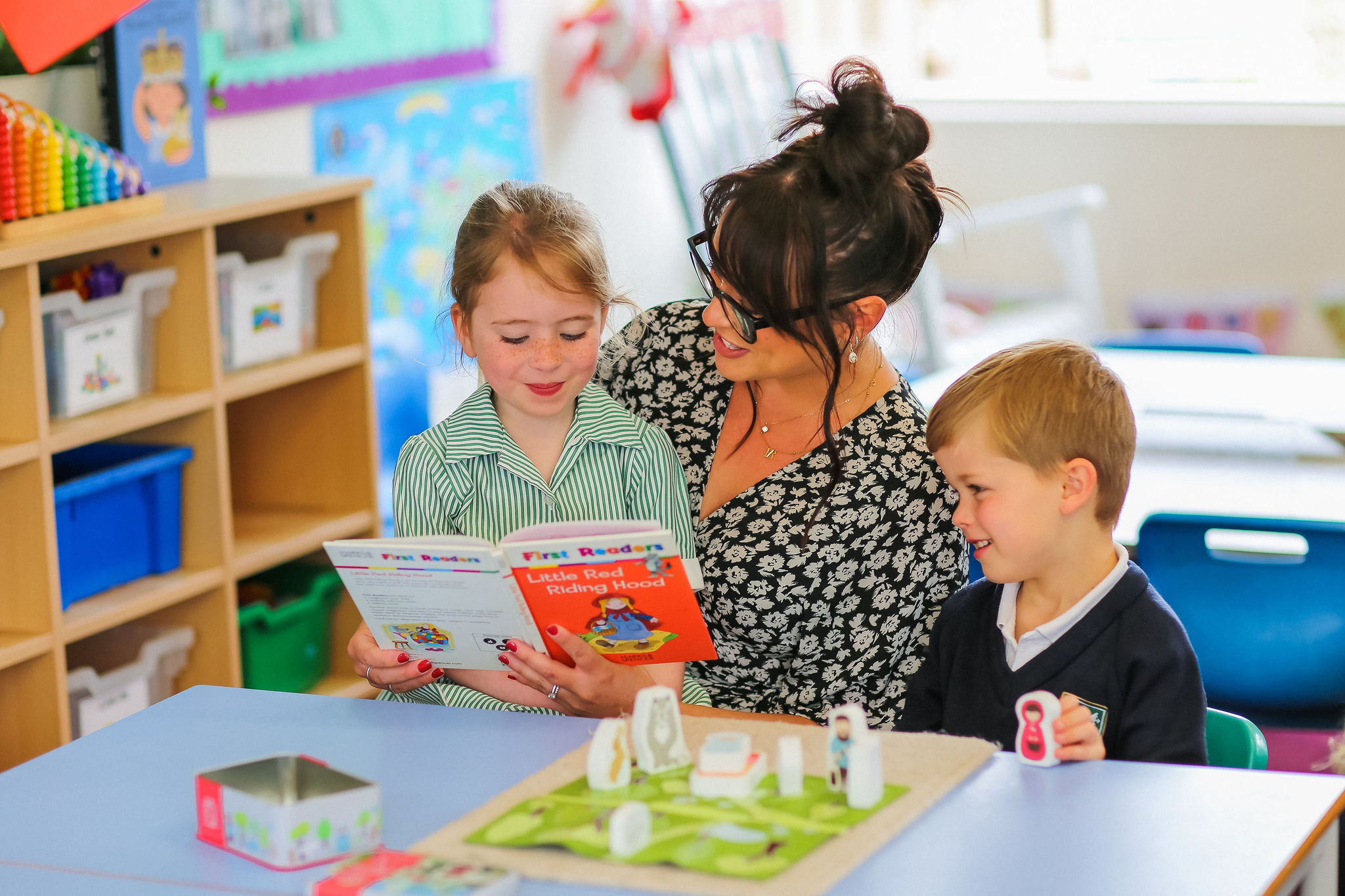How does your child learn best? It is important to discover the best way your child learns, whether that’s inside or outside the classroom. Kinaesthetic learning, also known as tactile or hands-on learning, is one of the four main learning styles identified in the VARK model, which categorises individuals’ preferred learning modalities. The other three styles are visual, auditory, and reading/writing.
Find out whether your child is a kinaesthetic learner and the things that you can do to ensure their full potential is reached in the classroom.
What is a Kinaesthetic Learner?
The term kinaesthetic refers to learning through physical activity rather than watching demonstrations or listening to dialogue. In a classroom environment, these kinds of learners are likely to get distracted and find it difficult to concentrate on the subject in hand, but that doesn’t mean both the teacher and the student can’t find ways to accommodate this style and make the most of their education.
How Do Kinaesthetic Learners Learn?
Kinaesthetic learners learn best when they can actively engage their bodies and sense of touch in the learning process. They thrive when they can actively participate in the learning process, using their sense of touch and movement to absorb information. These learners often prefer activities that involve manipulating objects, participating in simulations, or engaging in practical applications of concepts.
Traditional classroom settings with prolonged lectures might not be as effective for them, as they tend to have shorter attention spans for passive learning. Instead, kinaesthetic learners excel when they can learn by doing, experimenting, and practising real-world skills. Incorporating interactive exercises, group activities, and opportunities for physical movement into their learning environment can greatly enhance their understanding and retention of information.
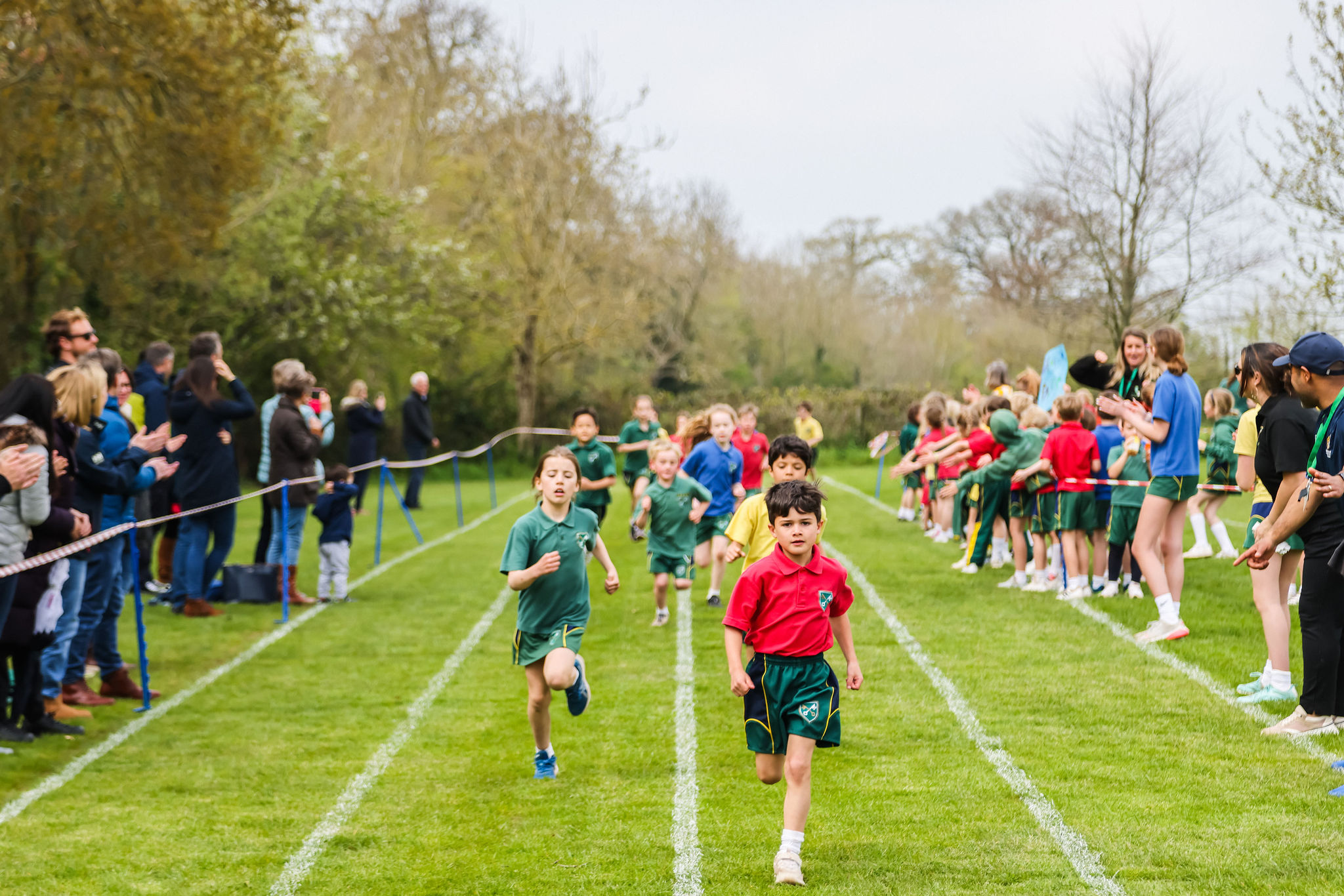
Characteristics Of Kinaesthetic Learning
Kinaesthetic learners will typically have quick reactions and great hand-eye coordination, making it easy for them to excel on the sports field. They have an excellent motor memory, meaning when an activity has been completed once, they will be able to duplicate it in the future to the same high standard.
This type of learning lends itself to experimenting in the classroom with a ‘learning-by-doing’ approach and students fitting this description will usually shine in creative subjects such as art and drama as well as physical education. They will have more energy than most, which can make it difficult to focus for long periods of time without moving.
Tips for Supporting a Kinaesthetic Learner at Home
Standing up Whilst Learning
When it comes to revision or homework, children will find it easier to focus if they are standing up as opposed to sitting down. This is thought to improve retention and comprehension as their body will be more connected and engaged in the learning process and whatever objective they are trying to achieve. Standing desks are a great investment if possible but, breakfast bars and kitchen islands can be suitable replacements.
Physical Activity
Break up long periods of study with short outbursts of physical activity. By providing a physical outlet for your excess energy you’ll make more room for learning new information and the two can even be combined for optimum results. For example, encourage skipping with a rope while you quiz them on the latest subject.
Make the most of the smaller movements and positions that are more feasible for studying but also make it much easier for kinaesthetic learners to concentrate. For example, bouncing a tennis ball after every question is correctly answered or fiddling with a pen or pencil will help your child to stay focused and attentive. Of course, depending on their willpower, this may need policing.
Strengthening Muscles Whilst Learning
When children are revising or completing their homework at a desk with limited mobility, encourage them to tighten particular muscles in intervals of ten seconds and to relax once the time period is over. This will help to rid them of any unwanted tension, making it easier for them to focus on the task in hand.
Explore Different Perspectives
Whenever your child begins to struggle with a subject or concept, explore the ways you can approach it from a different perspective. Include materials they can manipulate such as blocks or figurines to visualise mathematical concepts, battlefields and laws of science. Thanks to their fantastic motor memory, they are likely to remember something they built more easily than something they read.
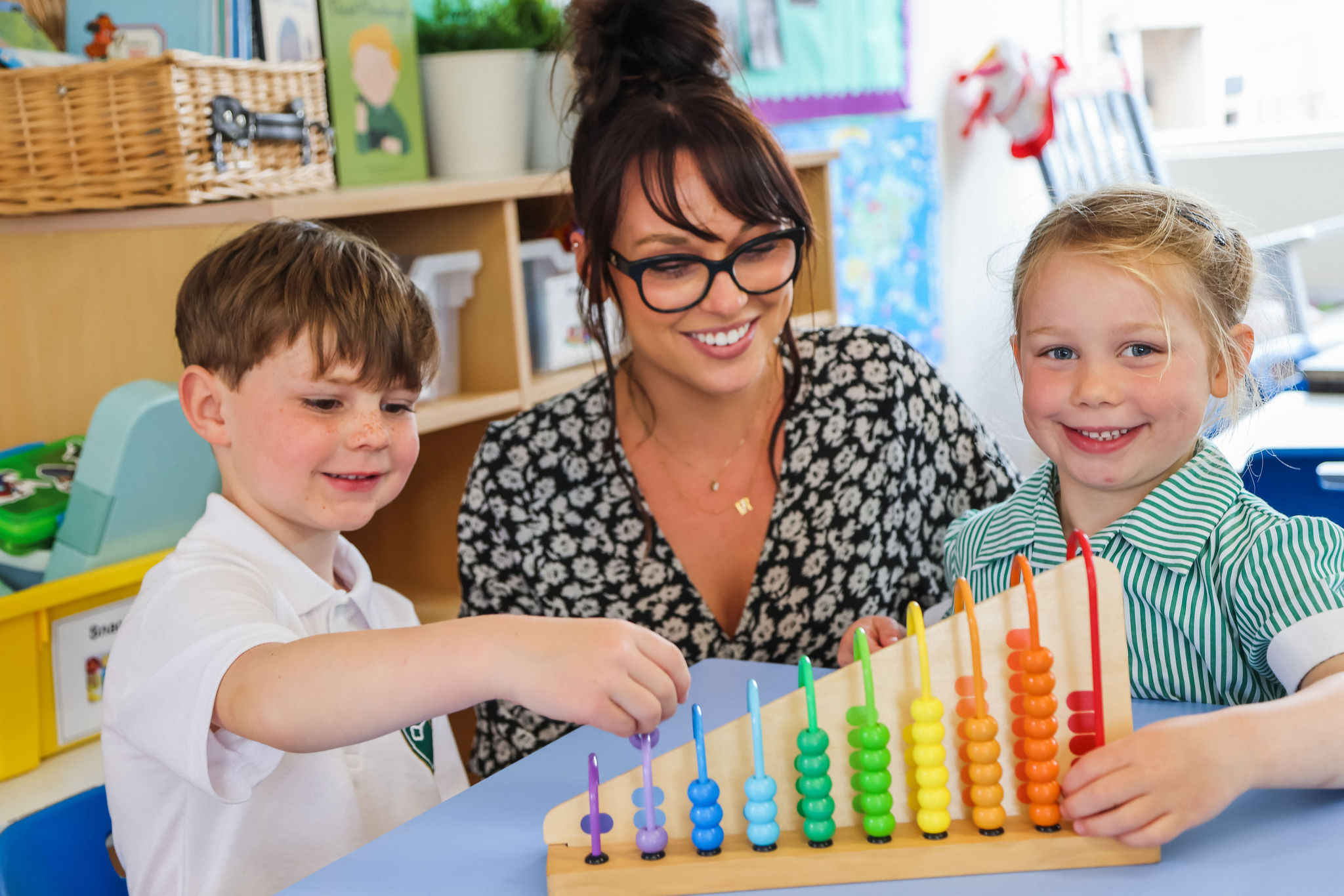
In the Classroom
Here at St Peter’s Prep, an independent primary school, we try to accommodate the various learning types to the best of our abilities so that each pupil can make the most of the fantastic education they are experiencing. Here are some of the ways we help to optimise the classroom environment for a kinaesthetic learner.
- Varied methods of instruction, including an equal balance of tasks that suit all three learning types. This includes group work, experiments, projects, enactments, lectures and paired reading.
- Kinaesthetic learners are encouraged to perform movements before or after lessons and are often chosen to help the teacher with various tasks. This includes handing out worksheets, writing instructions on the board or rearranging the classroom for the next activity.
- Learning is as interactive as possible, with teachers coming up with creative ways they can portray various subjects. Usually, classes can be taught with several ‘mini-tasks’ throughout in order to account for kinaesthetic learners.
- Teachers at St Peter’s Prep are mindful of all the learning types and plan classes with each group in mind to ensure every single pupil can be the best they can during their time at our private primary school in Devon.
We support kinaesthetic learners by incorporating hands-on activities, interactive exercises, and opportunities for movement in our teaching methods. For example, using learning stations, conducting experiments, organising group activities, or incorporating physical games that reinforce the subject matter are helpful for these learners.
It’s essential to remember that while people may have preferences for a particular learning style, individuals often benefit from a combination of learning modalities. Effective teaching and learning usually incorporates elements from various styles to accommodate the diverse needs of students.
If you’d like to speak to the school about anything more specific to do with the ways in which your child learns, or anything else for that matter, don’t hesitate to get in contact with the school today and they’ll be able to put you through to the right member of staff to help.

